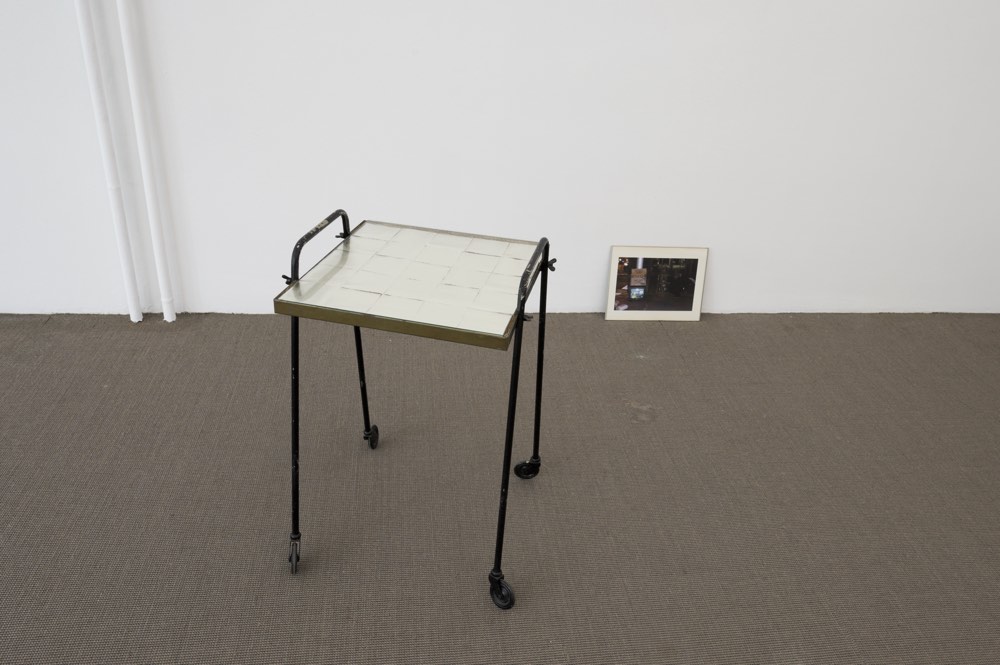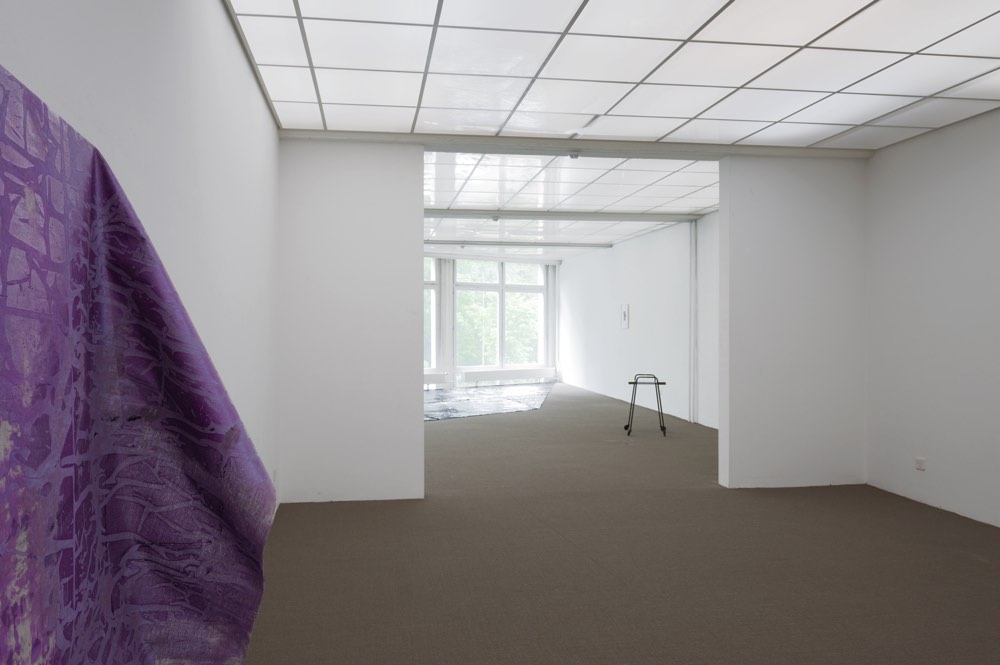Hagar Schmidhalter
Set against a blue sky with clouds and water
25.4. —
28.6.2009



Hagar Schmidhalter (born 1968 in Raron, lives and works in Basel) presents her first institutional solo show at Kunsthaus Baselland, featuring works produced especially for this exhibition. After graduating from HGK Basel the artist, who also spent time abroad on study visits in Edinburgh, London and New York, has repeatedly attracted attention in recent years for the work displayed at regional group exhibitions.
With the title of the exhibition, Set against a blue sky with clouds and water, Schmidhalter draws an imaginary picture which could also serve as a description of the images she uses for her paintings. Photographs from magazines, books or the internet which she likes for their composition, style or motif, are used by the artist for her interventions, which include over-painting in part or in toto, as well as other types of appropriation and integration in her installations or exhibition contexts.
A photograph from the shooting of Wild at Heart, for instance, is used in an installation with violet painting. Schmidhalter soaked a canvas in metallised varnish and the slowly drying paint made the texture of the plastic foil underneath stand out, which in turn corresponded with the leather jacket of the actor on the photograph from the film set. The experimental creative process informs the surface appearance of the painting: the amount of paint that leaks through, the drying process and the transformation into the surface structure of the underlying foil — these are the elements that control the character of the painting.
An image of the Fallingwater building by architect Frank Lloyd Wright is the point of departure for a floor-piece involving synthetic resin on plastic foil. The photograph shows how outside and indoor spaces have been defined by a different treatment of the floor with a matte and glossy surface finish, respectively. In Schmidhalter’s work, too, the differences in structure, blank spots and accumulations of paint, are determined by the application of the paint, the folds in the foil, the drying and “defoliating” process. Schmidhalter places the floor-piece at the window of the exhibition space and deliberately integrates the effect of daylight in the composition.
Spatiality also plays an important role in the artistic strategy in Mantelpiece. Individual paper bags have been glued together and painted with several layers of varnish. The existing wrinkles and folds in the paper, together with individual cuts made by the artist after painting, give the wall-piece a three-dimensional structure which reflects the incident light in different ways and makes the work seem to follow the contours of an imaginary object underneath.
Continuing a strategy she repeatedly employed in recent years, Hagar Schmidhalter explores and experiments with painting processes. She takes up a historical discourse around monochrome painting, which she has recently complemented by responding to the issue of painting supports. Steven Parrino’s paintings, twisted off and around stretchers in an attempt to get rid of their corsets, served as inspiration to Schmidhalter’s work. Schmidhalter, too, challenges the limits of the canvas and the relationship between surface structures and spaces. The exhibition at Kunsthaus Baselland is the first event that presents examples of these investigations.
Text by Sabine Schaschl